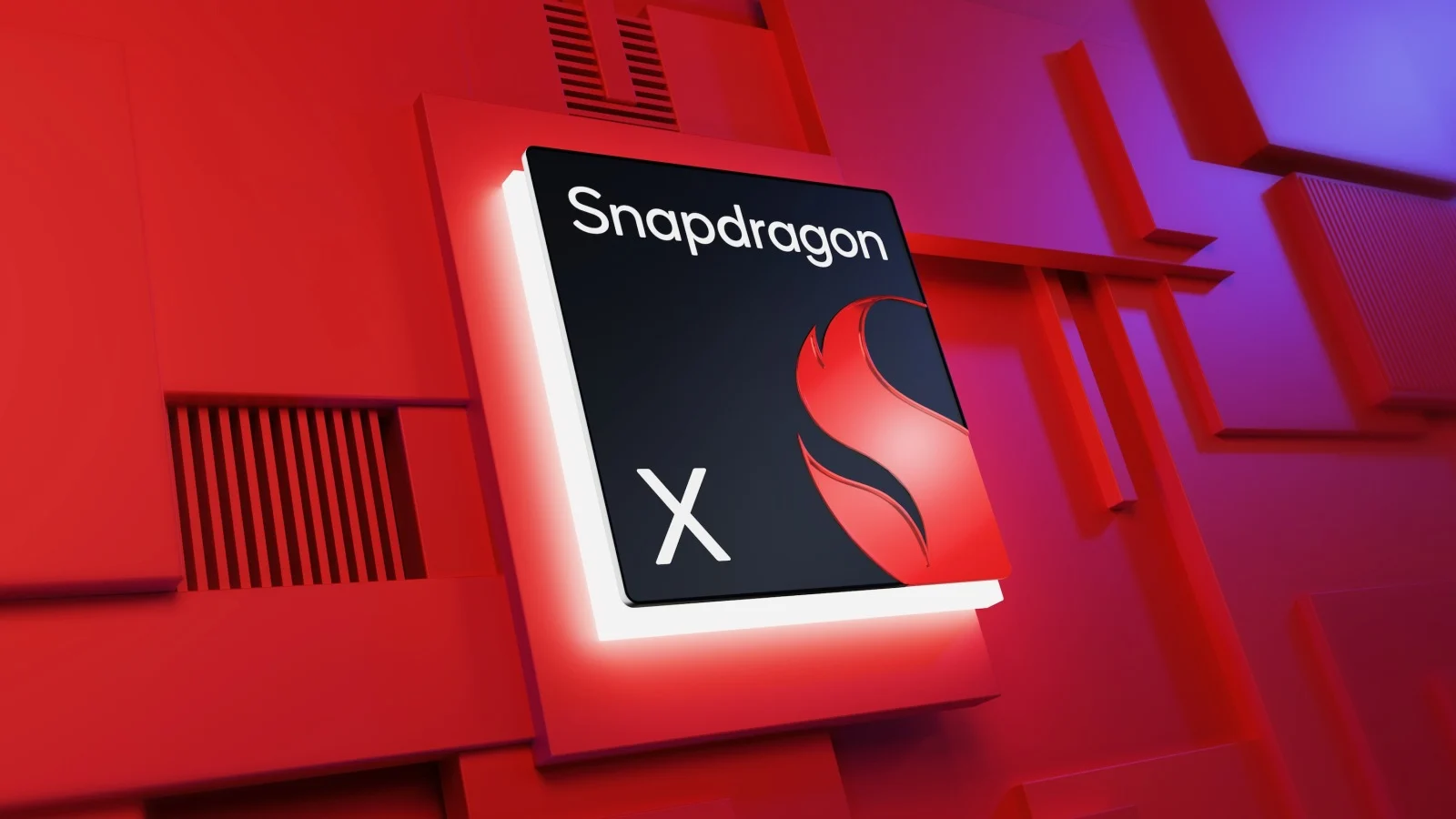Qualcomm’s new Snapdragon X series processors are targeting a wide range of users in the notebook market. While Snapdragon X is designed for entry-level users, Snapdragon X Plus is developed for those who want more performance. So, what are the differences between these two processors? Here are the details
Performance and core differences…
Snapdragon X and X Plus are based on Qualcomm’s customised Oryon CPU cores. Snapdragon X consists of 8 cores running at 3.0 GHz, while Snapdragon X Plus has two different configurations: an 8-core version running at 3.2 GHz and a 10-core option running at 3.4 GHz. With more cores and a higher clock speed, the X Plus offers better performance, especially in compute-intensive workloads.

Both processors feature Adreno GPU, but the performance levels are different. Snapdragon X offers 1.7 TFLOPS of graphics processing power, while the 10-core version of Snapdragon X Plus can reach up to 3.8 TFLOPS. This difference favours the X Plus for more graphics-intensive tasks such as 3D rendering and high-resolution gaming.
Both members of the Snapdragon X series utilise Qualcomm’s Hexagon NPU to deliver up to 45 TOPS of AI performance. This makes it suitable for advanced AI capabilities such as real-time audio authoring, image enhancement and AI-powered productivity tools.
In terms of connectivity features, Snapdragon X and X Plus feature the same technologies: Wi-Fi 7, Bluetooth 5.4 and Snapdragon X65 5G modem, offering ultra-fast wireless communication.
Finally, let’s come to the power consumption of the two processors… Snapdragon X has a power consumption between 15W and 30W, while the higher performance models of X Plus consume energy between 15W and 35W. This causes the X Plus to consume a little more energy in return for its superior performance.
How do you think Snapdragon X series processors will make a difference in the laptop market? Don’t forget to share your opinions in the comments!














